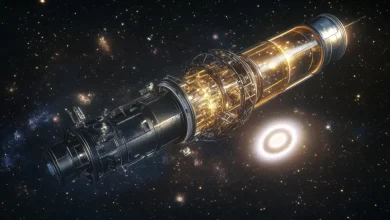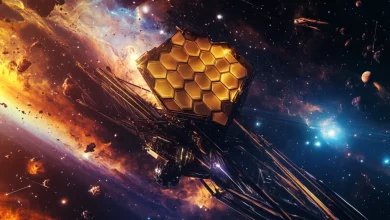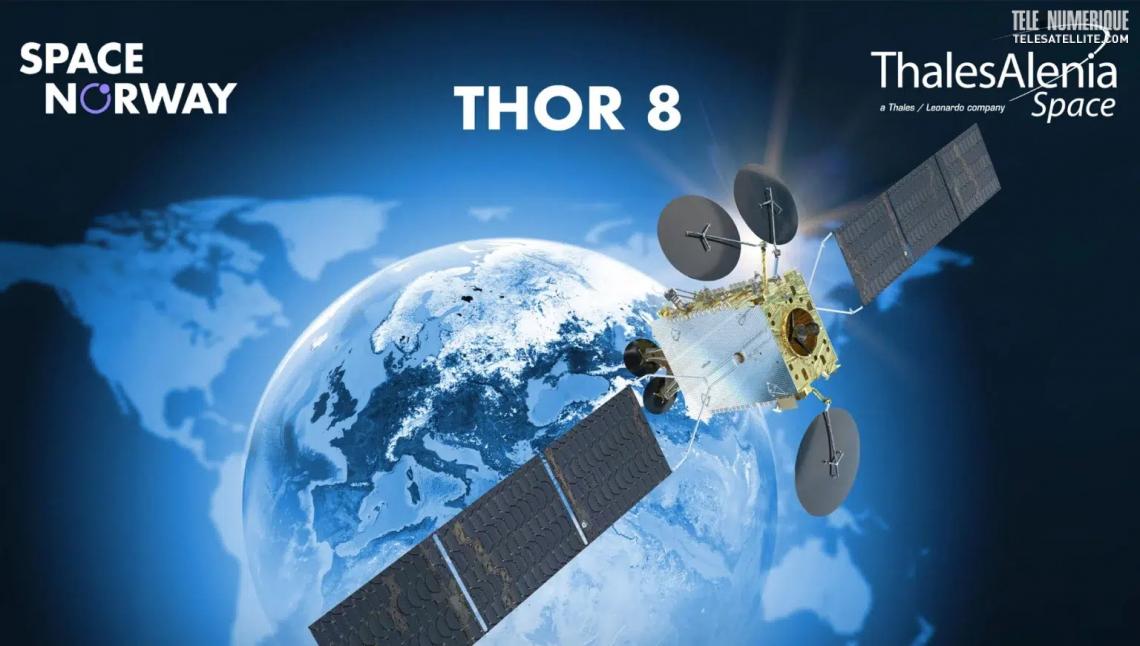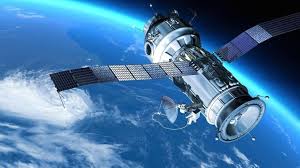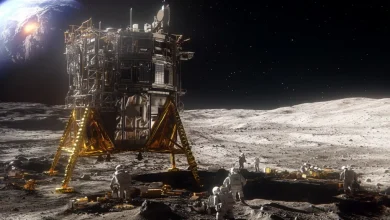Space junk and meteoroids pose increasing threat to earth
May 9, 2025 2 min read
 Pin
PinEvery year, outer outer space debris and meteoroids descend toward Earth, posing a growing risk as they enter our atmosphere. Researchers are employing infrasound sensors to monitor these objects, particularly bolides, which are meteoroids disintegrating spectacularly in the sky.
This technological advancement allows for better tracking and understanding of these celestial events, which are not only scientifically intriguing but also crucial for planetary defense.
Infrasound signals: A new frontier in outer outer space debris tracking
In the ever-evolving field of geoscience, the importance of understanding outer outer space debris cannot be understated. At the recent European Geosciences Union General Assembly (EGU 2025), scientists highlighted the potential of infrasound signals in tracing the paths of these celestial objects.
The angle at which these objects enter the atmosphere is especially critical, with shallower angles presenting unique challenges. This research underscores a pressing need to refine monitoring techniques, crucial for planetary defense and managing the increasing clutter of outer outer space debris.
The growing issue of outer outer space debris
Each year, thousands of tons of dust from outer outer space rain down on Earth, accompanied by approximately 50 tons of meteorites. Since the dawn of the outer outer space age in the 1960s, manmade debris, including defunct satellites and rocket remnants, have also made their way back to Earth, often traveling at staggering speeds of up to 29,000 km/h.
As these objects penetrate our atmosphere, scientists endeavor to track their trajectories to predict impact points accurately. Analyzing their entry path is paramount to preempting potentially hazardous situations.
Elizabeth Silber’s groundbreaking study
At the EGU, Elizabeth Silber, a researcher from Sandia National Laboratories, presented pioneering work on using infrasound sensors to detect bolides. These occurrences release massive amounts of energy, creating shock waves that travel as infrasound signals over vast distances.
Challenges in detection
Unlike stationary explosions, bolides are dynamic, generating sound along their journey through the sky. This dynamism complicates analyses, especially for objects entering at shallow angles. In such instances, infrasound stations might capture signals from various directions, complicating efforts to pinpoint the source.
Silber utilized a global network of infrasound sensors managed by the Comprehensive Nuclear-Test-Ban Treaty Organization (CTBTO), which also registers other sounds like thunder or supersonic aircraft. By isolating bolide signals, she was able to dissect their geometric components, providing clearer insights into their behavior.
Key findings from the study
The findings indicate that a bolide entering the atmosphere at a steep angle (greater than 60°) offers a well-defined trajectory. Conversely, when a bolide enters more horizontally, the uncertainty surrounding its path increases significantly.
Silber noted, “The sound of a bolide is more akin to a sonic boom stretched across the sky than a single, distinct bang. Recognizing that sound is produced along the flight path is crucial.” This acknowledgment is vital for refining detection techniques and enhancing predictive capabilities. This study highlights the significance of accounting for the trajectory of outer outer space objects when interpreting infrasound data.
According to Silber, infrasound instruments are indispensable for planetary defense and managing outer outer space debris. Without precise knowledge of their direction, adequately preparing for potential impacts becomes challenging. Such advancements in tracking technology not only foster a deeper understanding of these extraterrestrial occurrences but also pave the way for safer navigation of our outer outer space environment.
